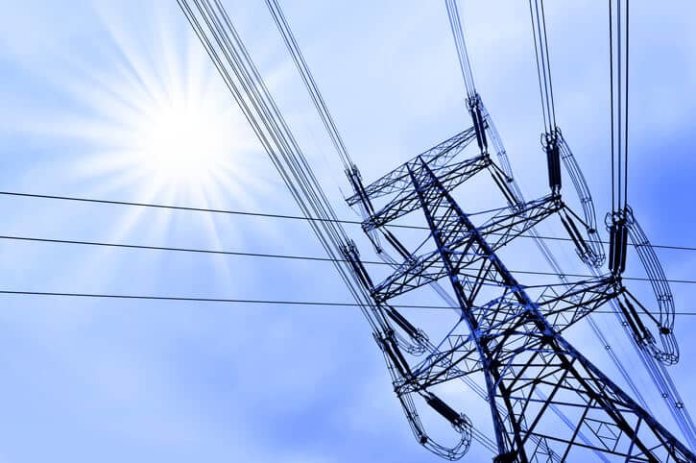The California Independent System Operator (CAISO) has released its western Energy Imbalance Market (EIM) fourth-quarter 2017 (Q4’17) benefits report, which shows the real-time energy imbalance market produced $33.46 million in benefits for its six participating members. According to CAISO, the benefits since the western regional market was launched in 2014 now total $288.44 million.
CAISO says western EIM participants helped reduce carbon emissions in the region by 7,730 metric tons by using 18,060 MWh of excess renewable energy that otherwise would have been turned off; this translates into removing 1,655 passenger cars from the highways for a year.
“The ISO’s western EIM continues its positive uptick in benefits, accruing savings as it promotes a greener and more reliable energy grid,” says CAISO President and CEO Steve Berberich. “We are very pleased with the results for all participants in this growing market.”
During Q4’17, PacifiCorp realized benefits of $6.83 million while CAISO saved $4.52 million and Arizona Public Service $10 million. NV Energy saved $6.45 million and Puget Sound Energy of Washington state saved $2.83 million during the three-month period. EIM’s newest participant, Portland General Electric, saw $2.83 million in benefits. (When compared to the other quarterly benefits of 2017, the fourth quarter’s benefits reflect seasonal conditions such as lower loads, CAISO notes.)
Idaho Power and Canada’s Powerex are on track to join the market on April 1. The Balancing Authority of Northern California/Sacramento Municipal Utility District and Los Angeles Department of Water and Power will begin participating in April 2019. Salt River Project of Phoenix and Seattle City Light are also slated to enter the market in April 2020.
According to CAISO, the EIM’s state-of-art technology automatically finds and delivers low-cost energy to serve consumers in California, Arizona, Oregon, Washington, Utah, Idaho, Wyoming and Nevada. In addition to leveraging the diverse resources from a larger pool, the effective use of carbon-free generation provides added environmental benefits.
Besides using low-cost energy, EIM utilities reduce their costs by being able to join together to decrease the amount of energy reserves that individual utilities must carry in real time to manage load, CAISO adds.
More information about the EIM and the full report are available here.




